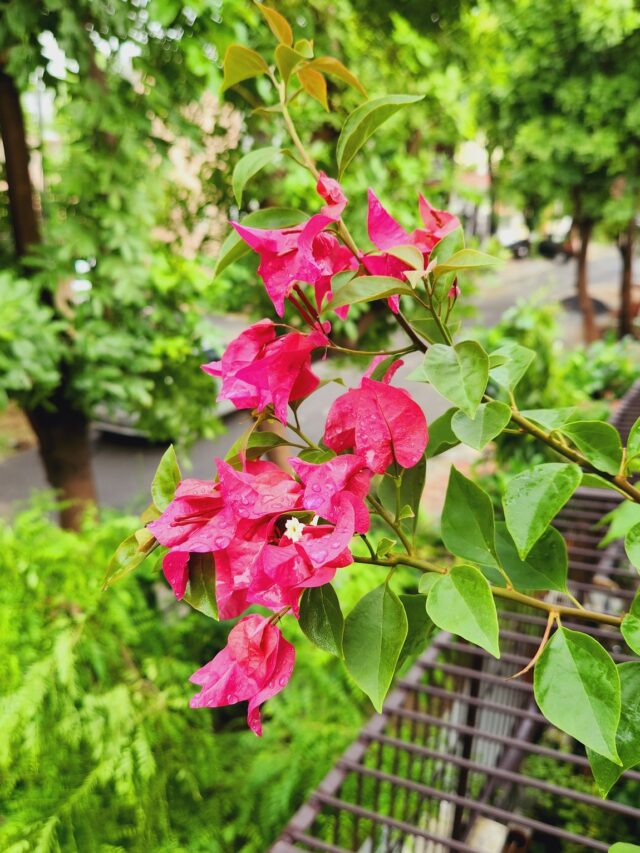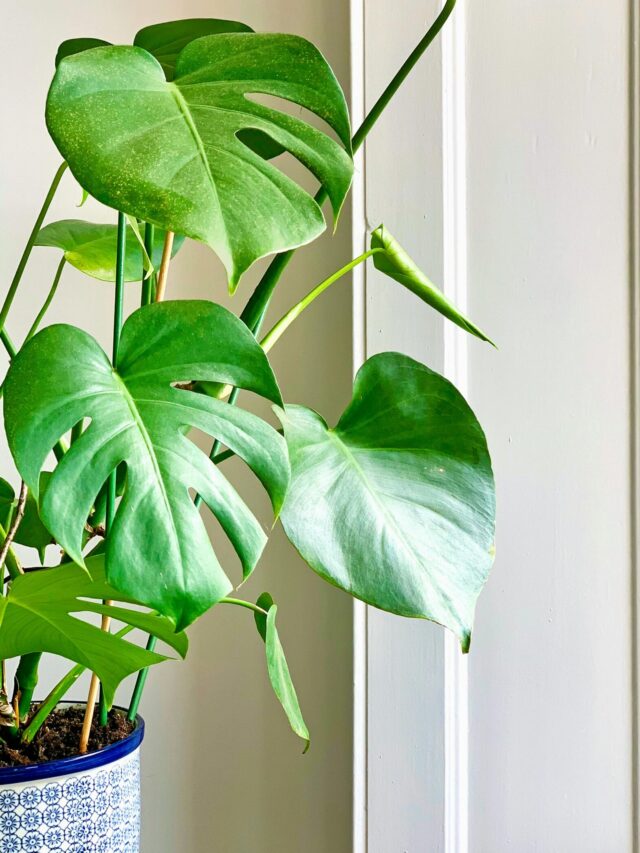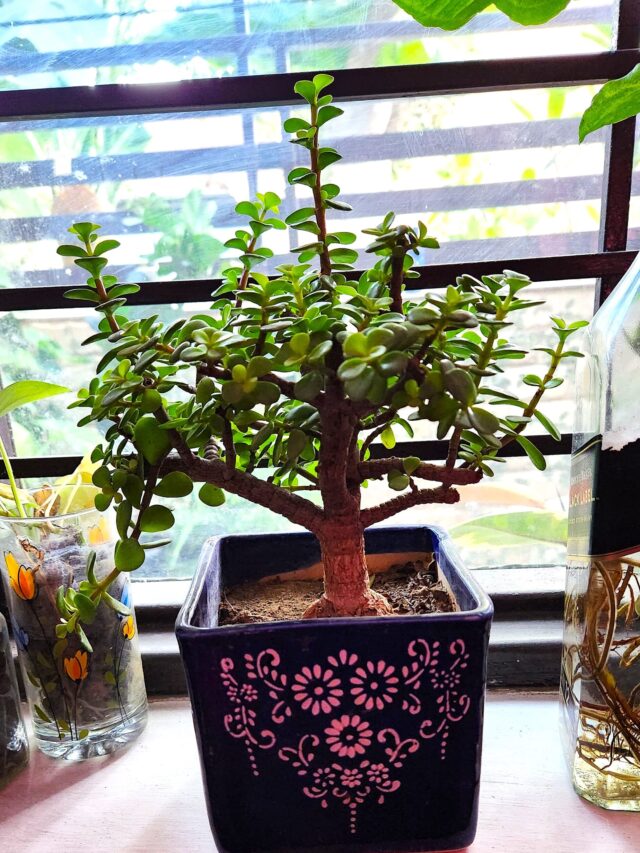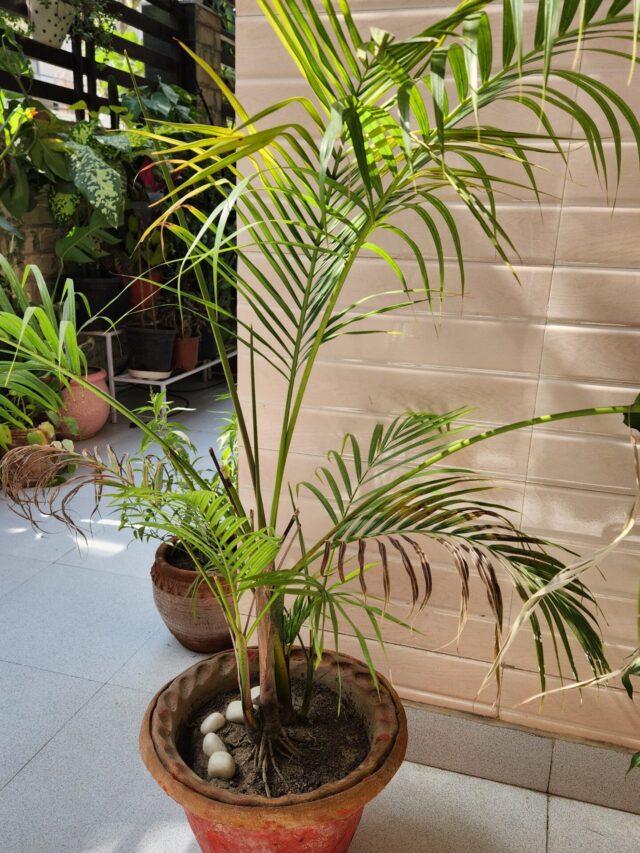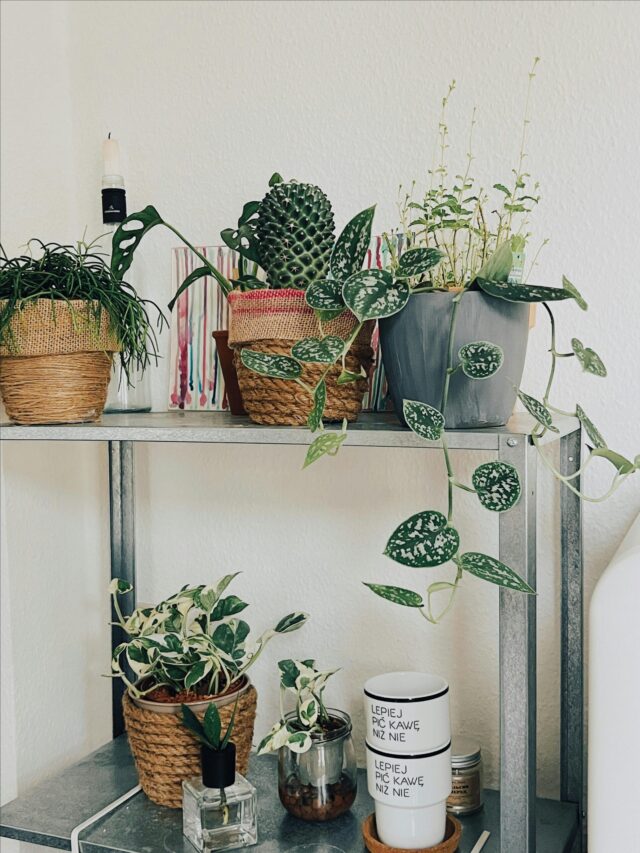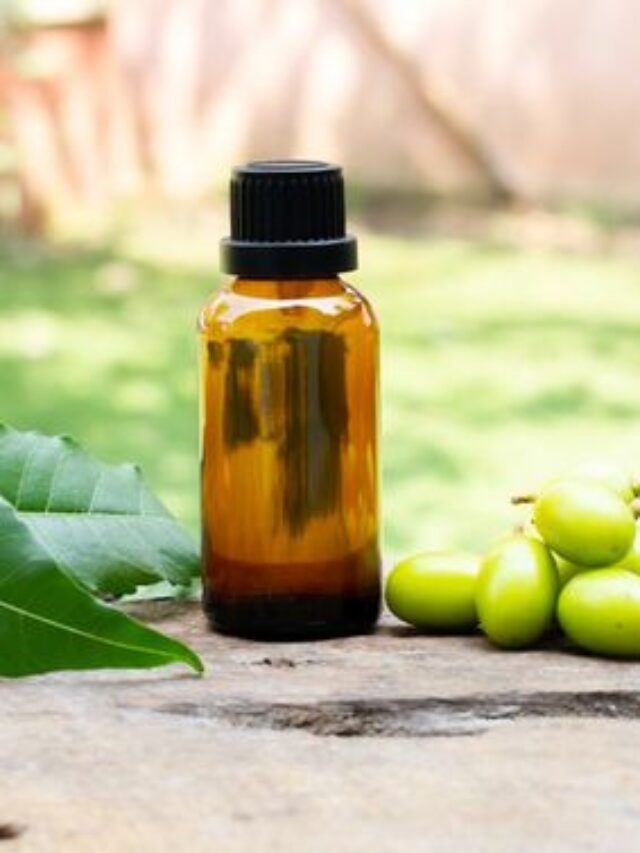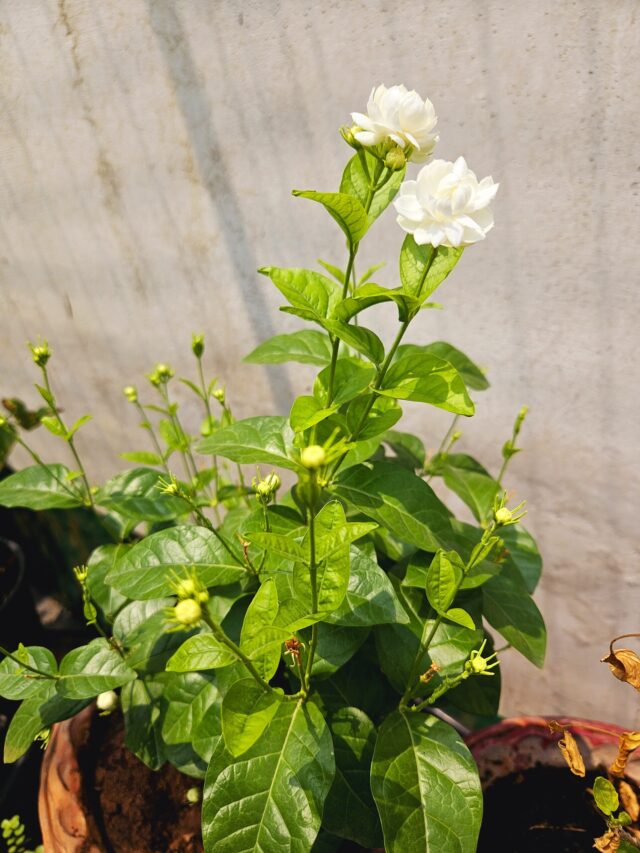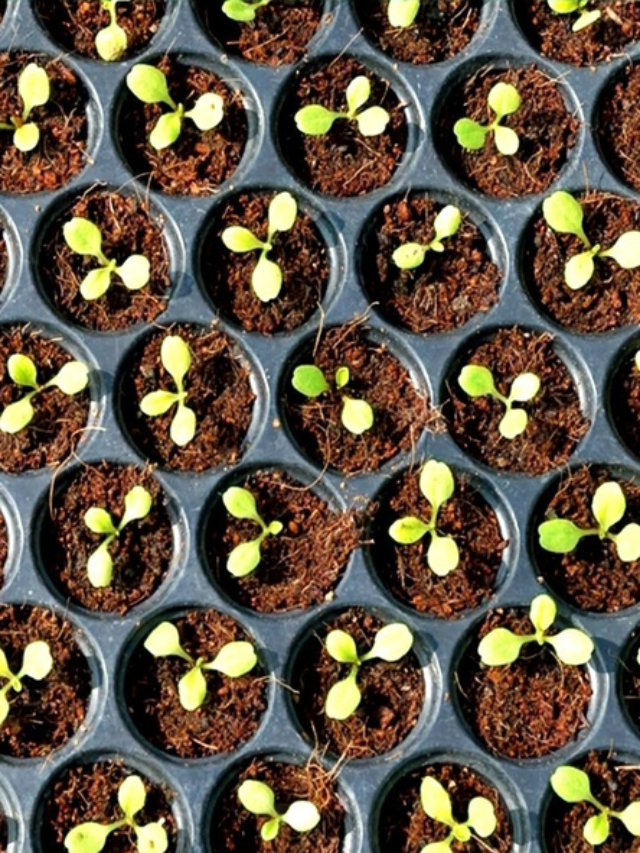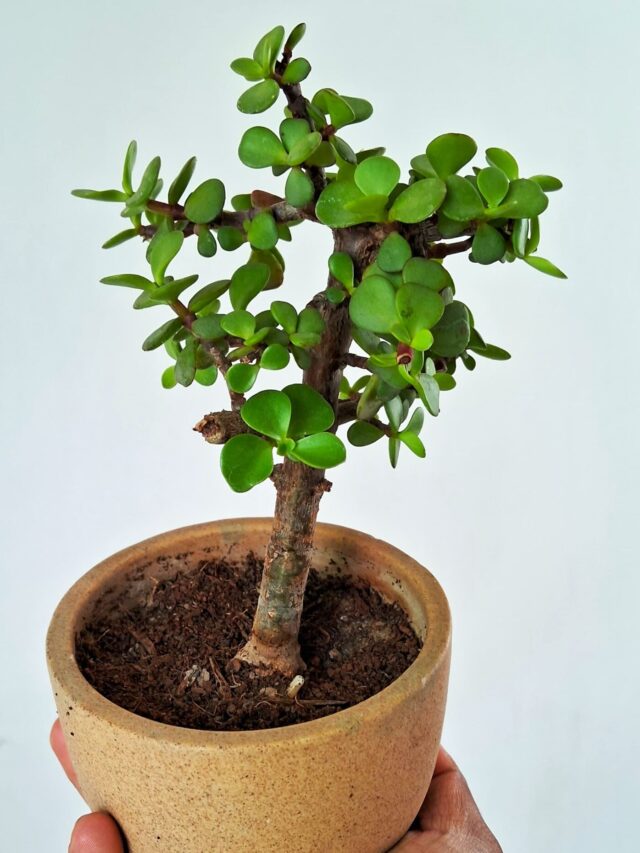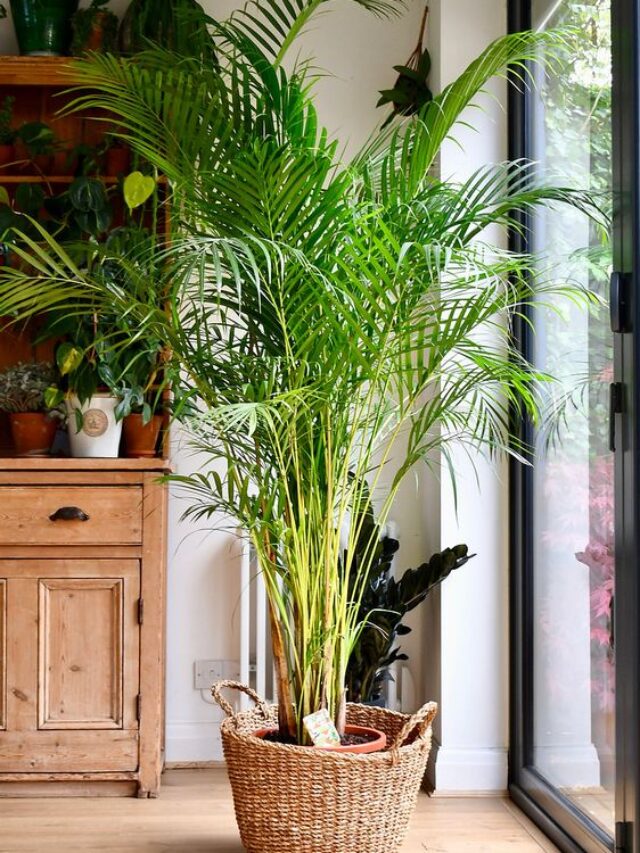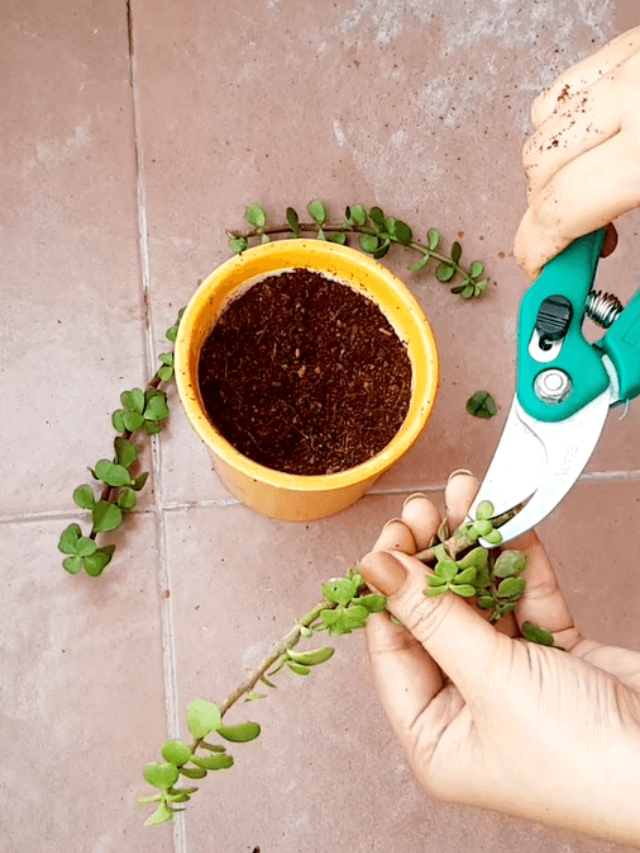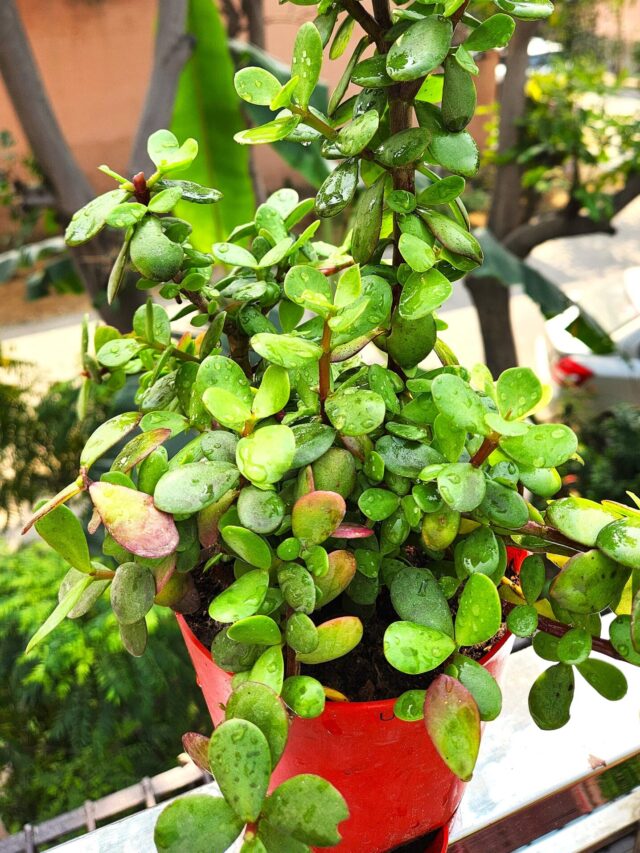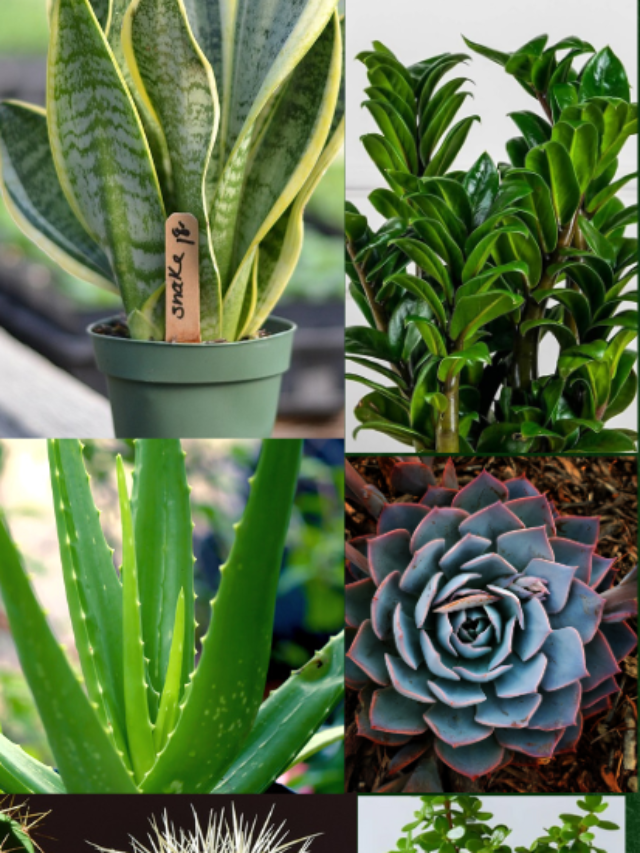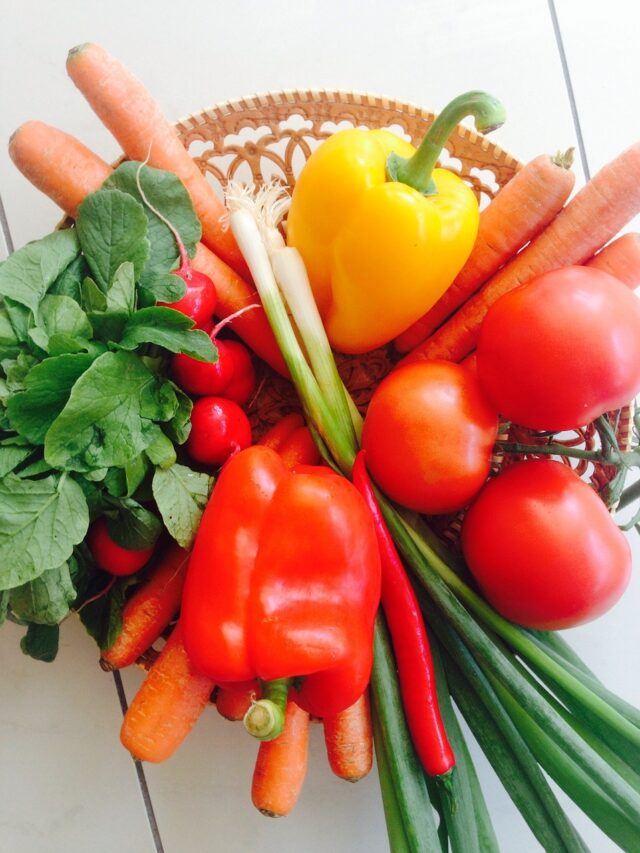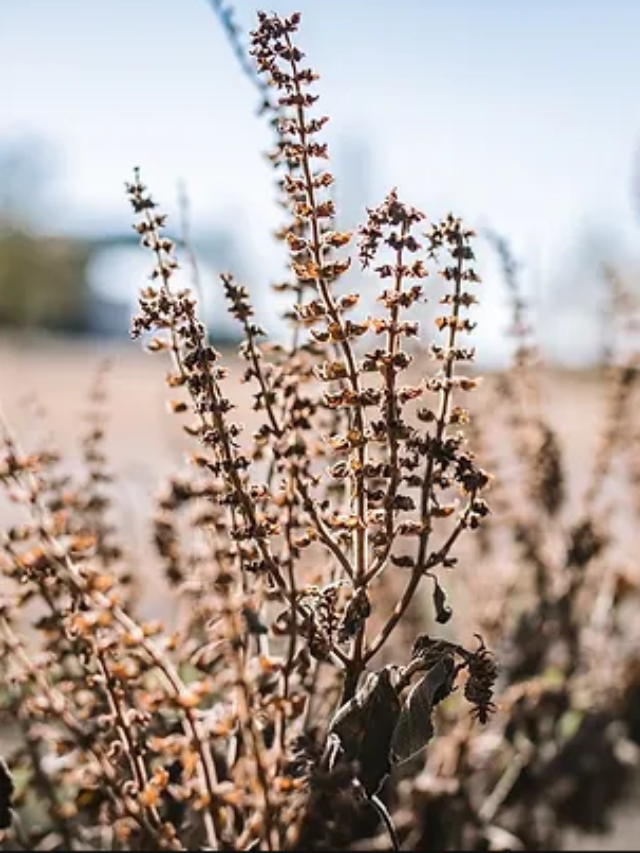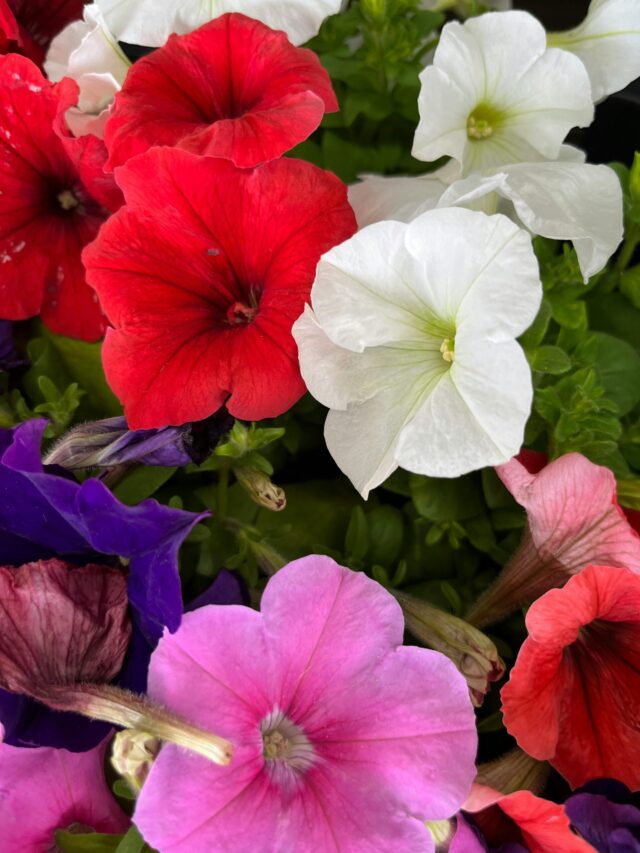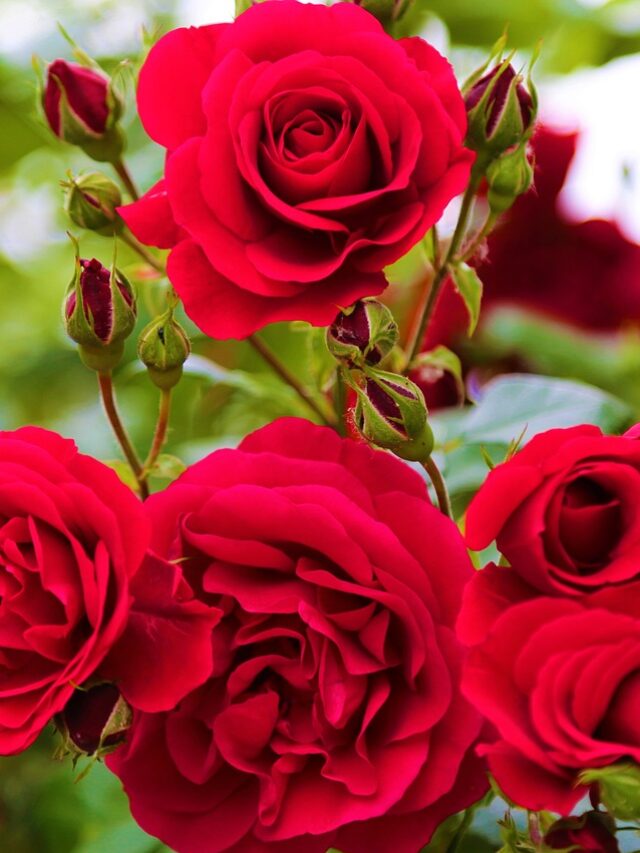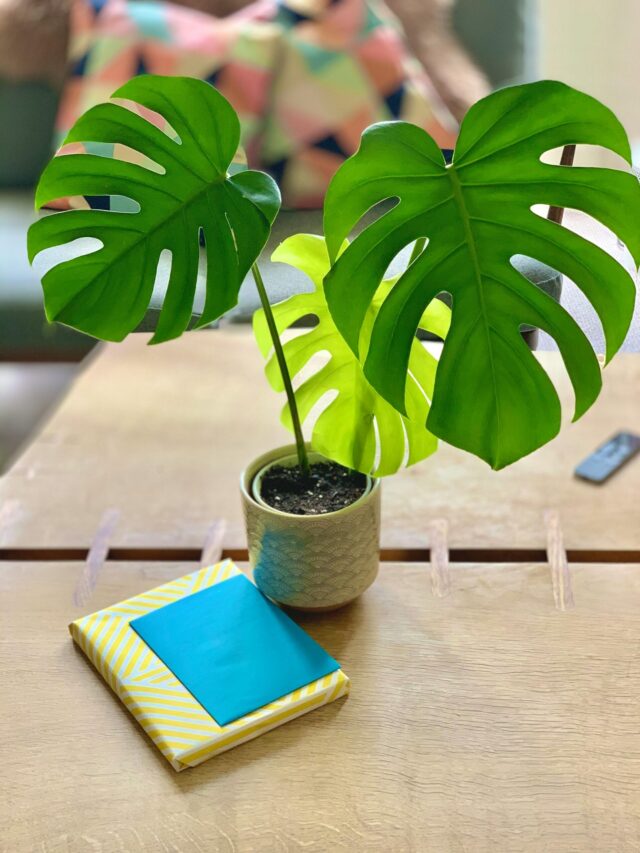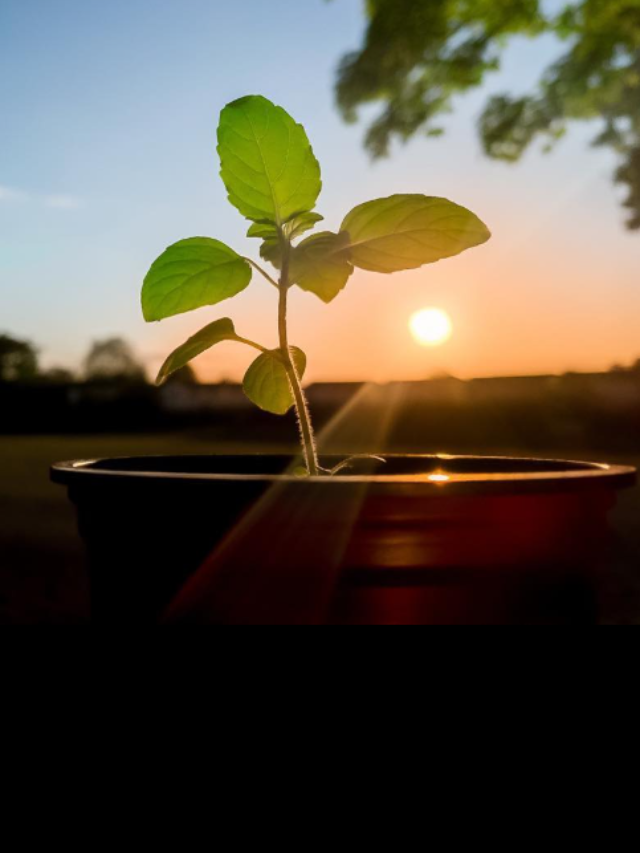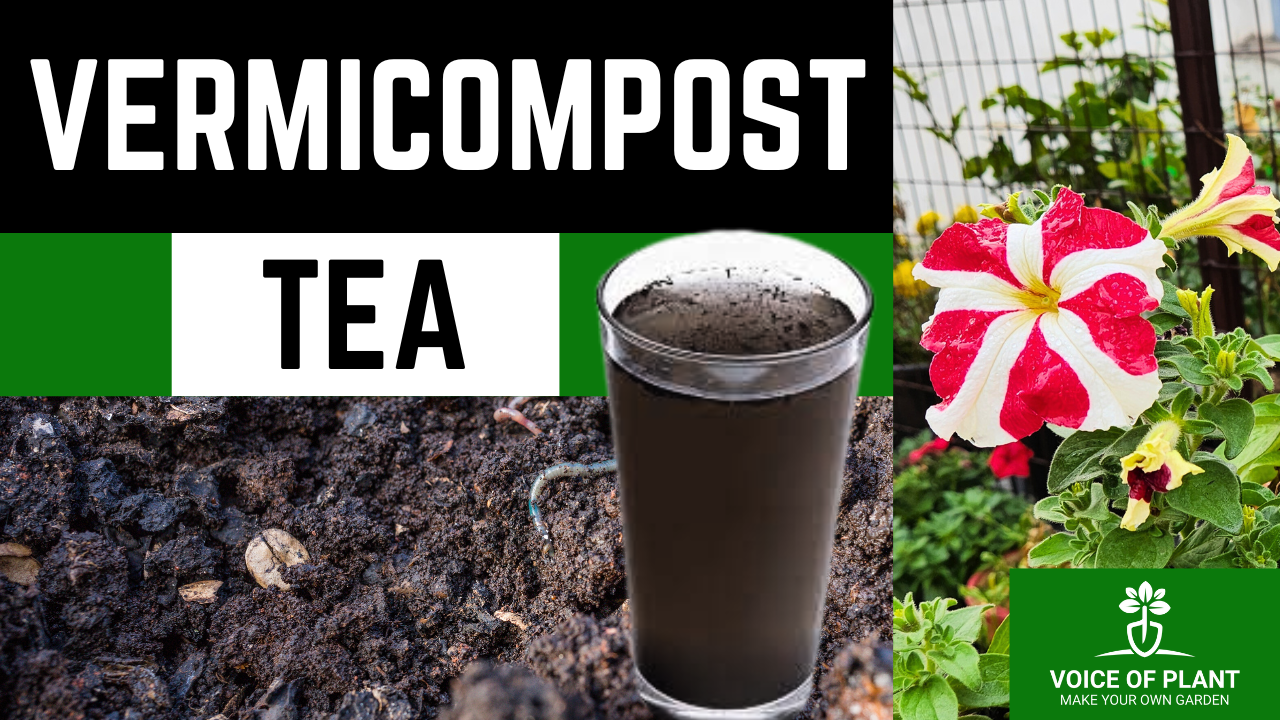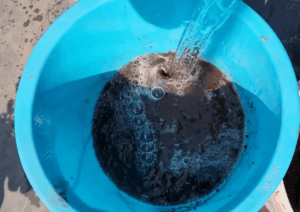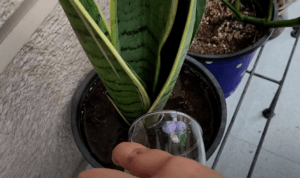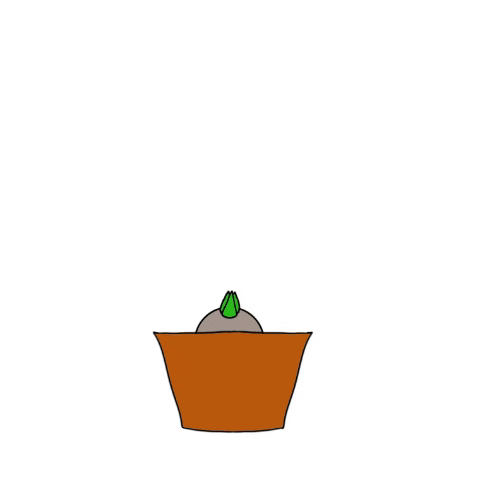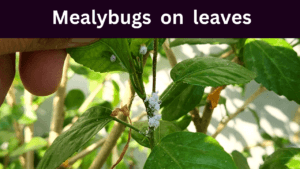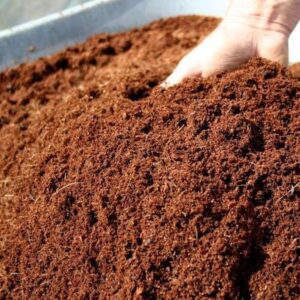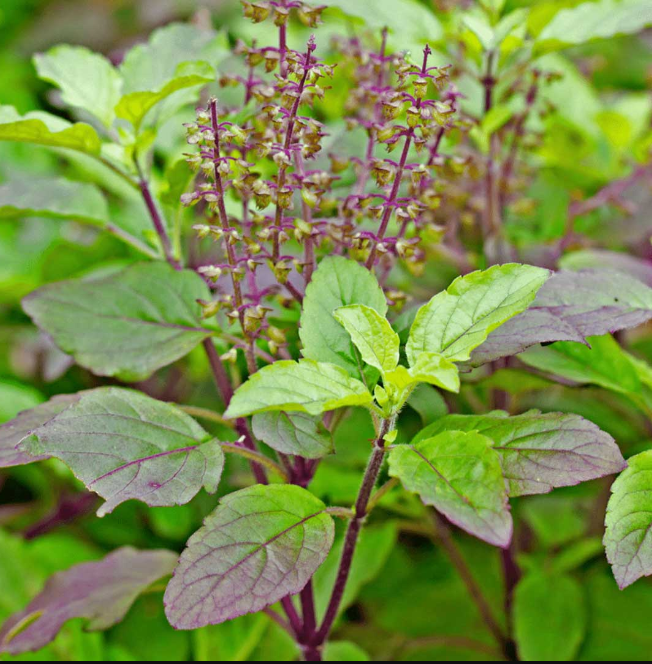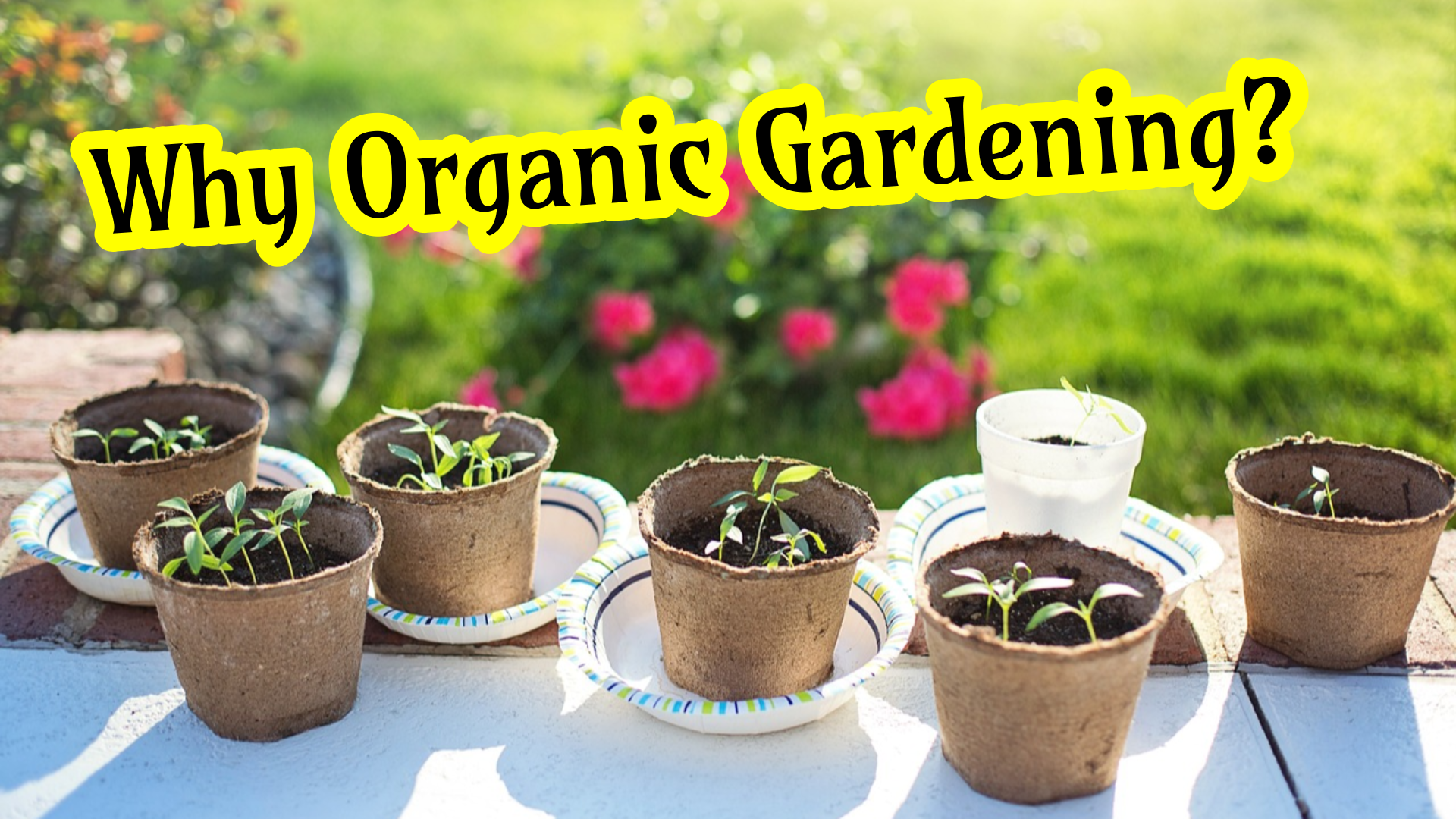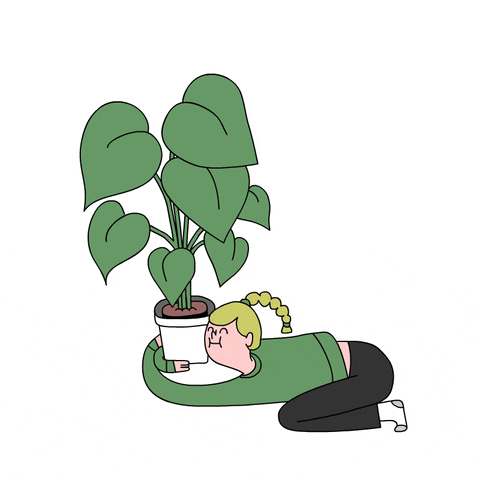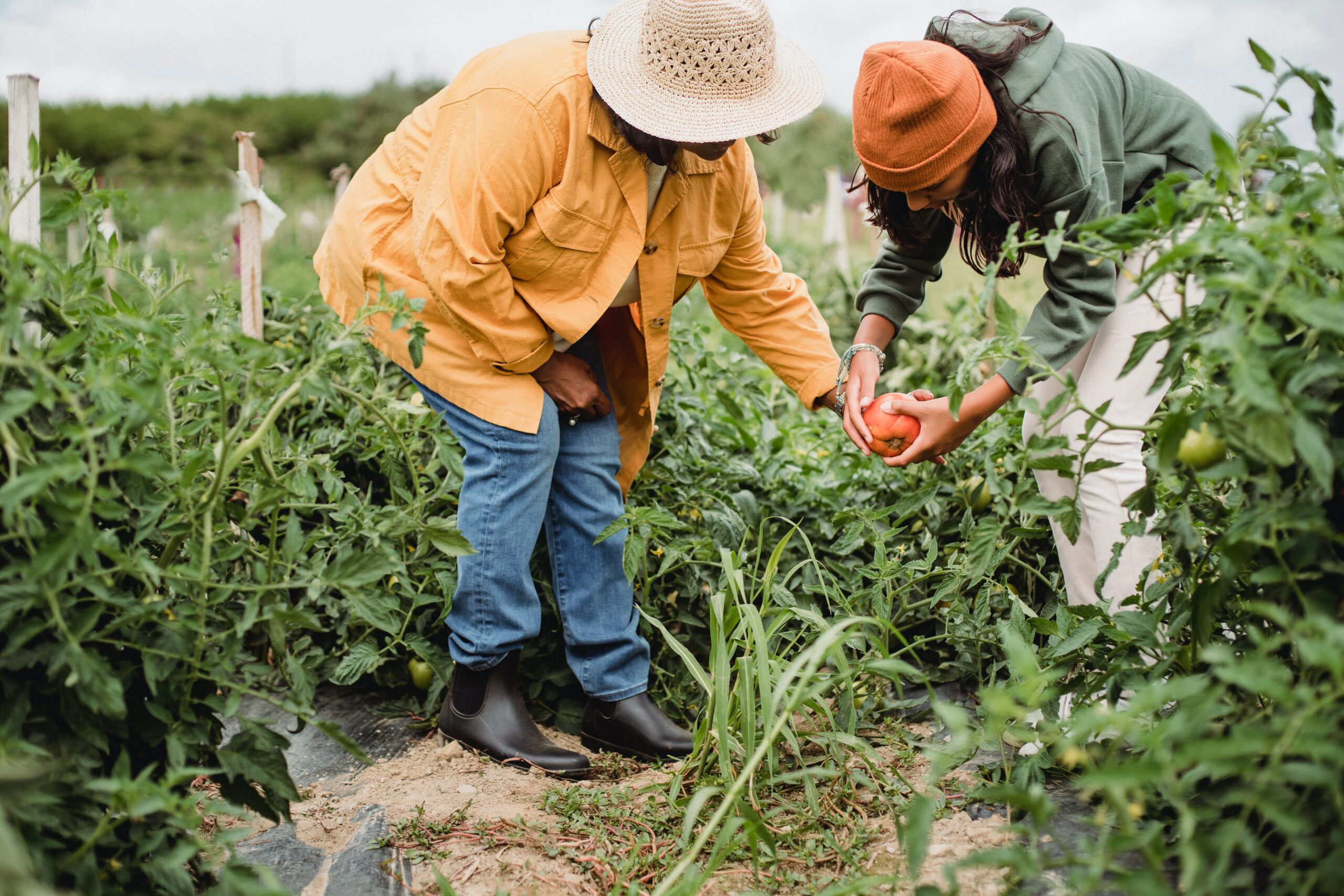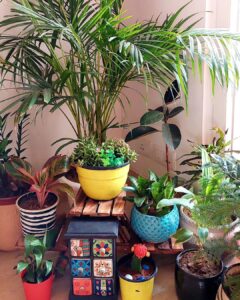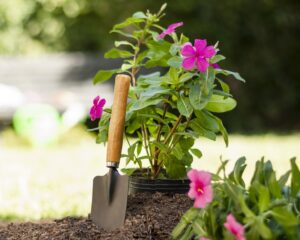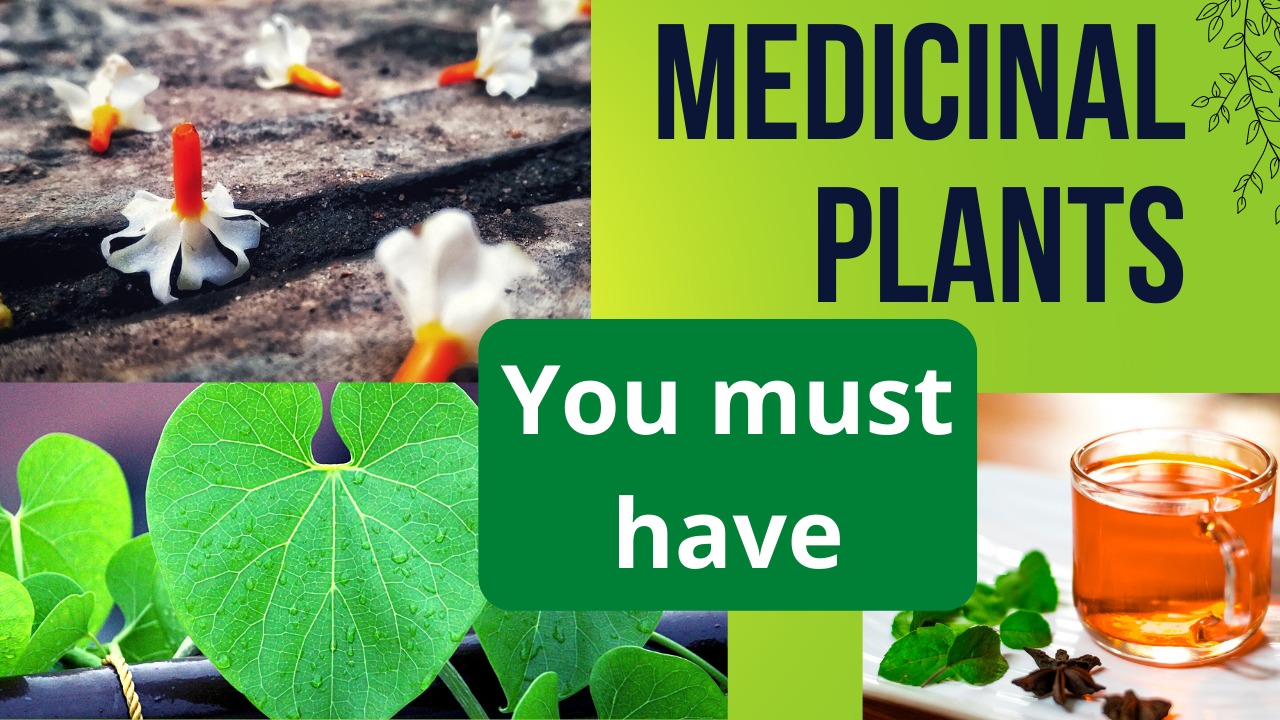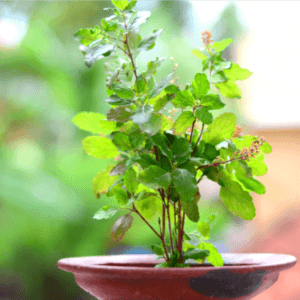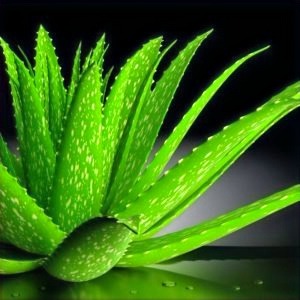How to Germinate Seeds Successfully
The first and crucial step in growing plants is seed germination. Many plants can be cultivated at home, including tulsi (holy basil), marigolds, capsicum, tomatoes, spinach, coriander, and more. You can obtain seeds for these plants from both the market and the vegetables you use in your daily cooking.
This article includes:
-
- How to check good quality seeds
-
- Perfect growing medium
-
- Temperature required
-
- How to place seeds
-
- How to water
-
- How to protect from birds and ants
-
- Duration of seed germination

What if your seeds do not germinate?
Yes, it can be frustrating when seeds do not germinate despite your efforts, and it can be a waste of time and resources. However, there are several measures and key points that you can follow to increase your chances of successful germination.
How to Germinate Seeds Successfully
Here are some tips to help you germinate seeds successfully:
1. Take good quality seeds:

1. Check the seed packets for the expiration date
- Even after taking all the necessary measures, old or poor-quality seeds may not germinate. Hence, Check the seed packets for the expiration date and use them before the date has passed.
2. Perform a water test
- To determine the quality of your seeds, you can perform a water test. Simply soak the seeds in a bowl of water for 10-15 hours.
- The seeds that sink to the bottom of the bowl are typically of good quality, while the seeds that float at the top are typically of poor quality.
- Therefore, it’s recommended to use the seeds that settle at the bottom of the bowl for planting.
2. Use the right growing medium for seed germination:

- The choice of growing medium is crucial as seedlings are very soft and delicate. You can sow seed in the soil or in a coco peat.
- If the soil is dry and hard, the seedlings may have trouble emerging after germination. Therefore, it’s important to ensure that the soil is not compact and hard if you are adding your seeds to it directly.
- Alternatively, coco peat can be used as a growing medium as it is soft and gentle.
- However, coco peat lacks nutrients, so after 10-15 days, the saplings may become weak and dull due to a lack of sufficient nutrients.
Also, read: All About Coco peat in gardening
To address this issue, there are two potential solutions:
1. You could add manure or liquid tonics after 15 days to provide nutrients.
2. Alternatively, you could create a soil mixture consisting of regular garden soil, sand, and compost (you can refer to a soil mixture article for the exact ratio).
- Firstly, add the soil mixture to the pot, then on top, add a layer of coco peat approximately 1-1.5 inches thick, and finally add the seeds.
- This method ensures that when the seedlings’ roots grow down into the soil, they will absorb sufficient nutrients.
- Additionally, this method promotes fast germination due to the presence of coco peat.
As a result, your seedlings will be healthy, and there will be no need to transfer them to other pots for some days.
3. Temperature required for seed germination
Typically, seeds will germinate within a temperature range of 15℃ to 25℃.

- The best seasons for the germination of your seeds are the Spring and Autumn seasons.
- However, the germination of seeds gets stopped in extreme summers and winters.
4. Correct way to place the seeds in the growing medium/soil/pot
1. Step 1 – To germinate the seeds, start by placing the fresh seeds or soaked seeds at a distance on top of the coco peat without pressing or burying them.
-
- This will provide enough space for the seeds to germinate properly and make it easier for you to transfer them later.

2. Step 2 – Next, cover the seeds with a thin layer of coco peat and gently spray water over the top.
-
- Avoid using a mug or pipe as this can disturb the seeds and can rot the seeds.
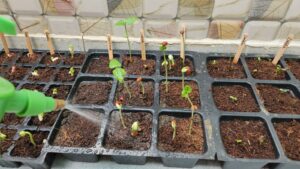
Note:
-
- If you don’t have a spray bottle, you can place the pot in a container filled with water, and the soil will absorb water through the drainage hole at the bottom as required.
5. Location of the pot
Sunlight is not necessary for the germination of seeds.
- This can be illustrated by the example of making chickpea sprouts at home, where they are kept in a wet cloth for a few hours and sprouts emerge without sunlight. Therefore, the pot can be placed in a shaded area without sunlight.

However, if the pot is kept outside on a balcony in the sunlight, the topsoil can become dry and hot, potentially damaging the seeds.
- To avoid this, it is better to grow seeds during spring and autumn when the weather is more suitable.
6. Correct way to water for successful seed germination

-
- To ensure the successful germination of seeds, it is important to keep the soil moist.
-
- Moist the soil as soon as you notice that the top layer is drying out.
-
- Remember not to let the soil get completely dry, as this may hinder germination.
-
- However, be careful not to overwater the soil, as this can create conditions favorable for the growth of fungus.
-
- Using coco peat can help maintain the moisture level in the soil and keep it well moisturized.
-
- It is recommended to use a spray bottle to water the seeds, as using a mug or a pipe can disturb the seeds.
7. Duration of seed germination
-
- The duration of germination may vary from three to ten days, and it is important to be patient and wait for at least ten days for the seeds to germinate.
-
- If the seeds do not germinate even after ten days, the chances of them germinating are very less.

-
- Therefore, it is crucial to consider all the above-mentioned factors carefully to ensure successful germination.
From where to buy good quality seeds
1. Nurseries or from good seed stores:
-
- Buying seeds from nurseries or from good seed stores is a pocket-friendly and convenient option.
-
- It is advisable to check the manufacturing and expiry dates before buying the seeds.
2. Buy Online:
-
- You can also purchase seeds online, but make sure to check the reviews and manufacturing and expiry dates before making the purchase.
3. Kitchen Vegetables:
-
- If you have large-sized vegetables that are overripe or rotten, you can take the seeds out from them and use them for growing plants.
- The mature seeds of such vegetables can be easily grown into plants.
It is important to note that seeds available in the market are often chemically treated to prevent fungus and pests and also germinate faster compared to seeds taken from vegetables.
Follow the above tips and make your gardening exciting!!!
===========================================
Follow our Social media channel:


